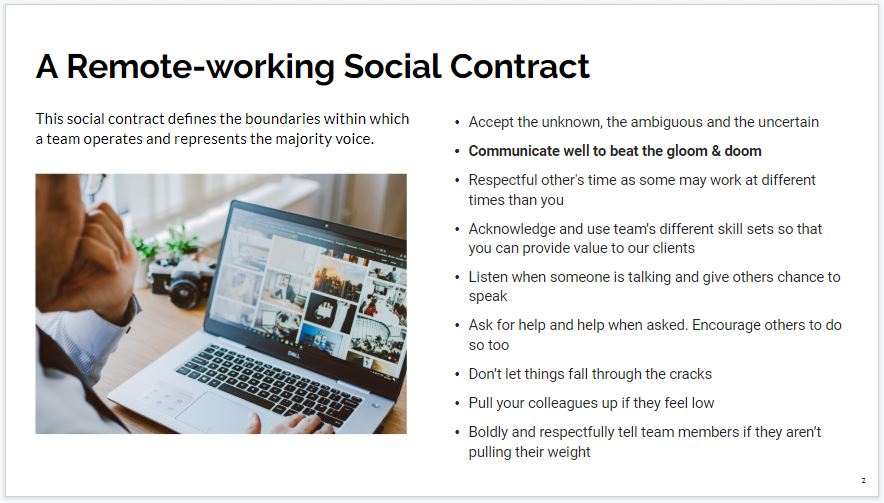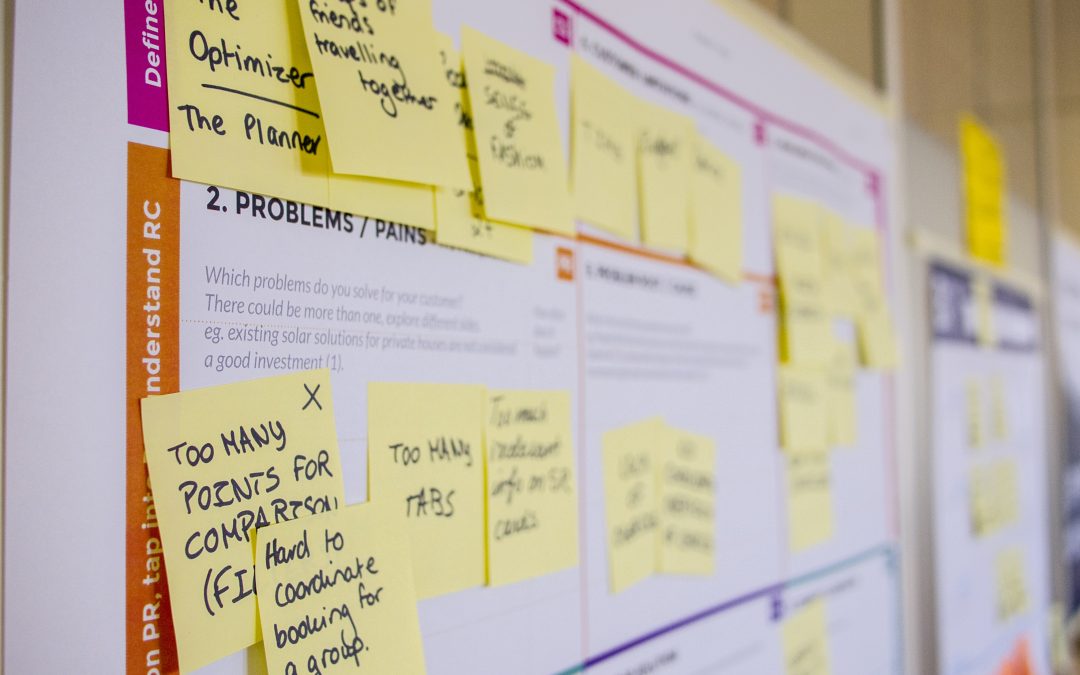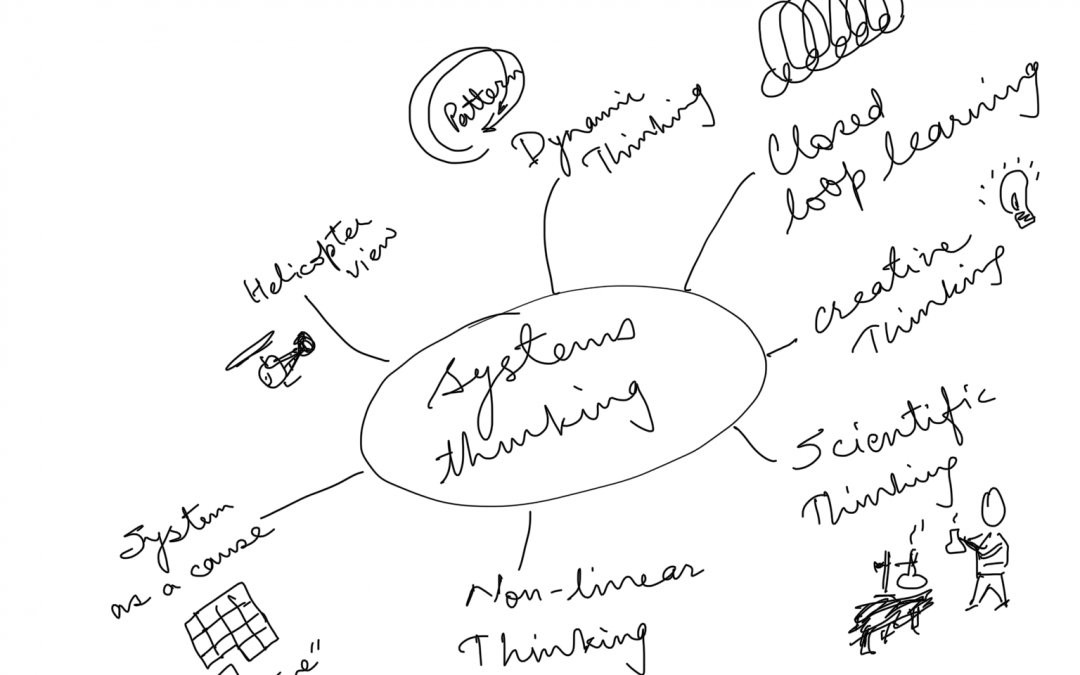
Using Kudos Cards to Recognise and Motivate Your Colleagues
We’re living in a world where economy has been constantly affected due to one thing after another. There have been natural calamities such as floods, Bush fires, typhoons, earthquakes and as if those things weren’t enough, we are now dealing with a virus that doesn’t seem to stop creating havoc.
A suffering economy means that people’s livelihoods have been affected. Mostly in an unfavourable way unfortunately. That also means that our motivations have taken a hit too.
Those who are still working might be dealing with anxiety, stress and panic and they may not even know about it. In such circumstances where people are dealing with heightened emotions, keeping their motivation high becomes difficult and even more important.
What can we do so that we can help our colleagues, peers and friends motivated?
The Factory School of Thinking for Reward and Recognition:
Traditionally, organisations have been using monetary awards for rewarding or recognising employees. The old school thinking has been that if someone has demonstrated good behaviour, or has done some good work, offer them some money and they will be happy. The management also believed that if one person got a reward, that would motivate others as well.
Contrarily, the monetary awards often made a situation worse. That created a rift among employees. It seldom happens that everyone celebrates one person’s success. In some cases, one person’s win is also seen as everyone else’s loss.
We humans have tendencies to laugh at others’ misery. Don’t believe me? Remember the last time you laughed at someone who slipped and fell. That might even be in a TV show. Schadenfreude is a real thing unfortunately.
What Should Companies Do?
Motivating employees and keeping their morals high is not an employers job only. Since we are all in these troubled times together, each one of us has to do our bit to improve our work practices, keep our work enjoyable and keep our colleagues in high spirits.
How do we do that?
There is a simple and effective way of doing that and that is called Kudos cards! These are also known as Hero cards but let’s stick to ‘Kudos’.
Paraphrasing Management 3.0, Kudos cards are a written and public expression of appreciation and recognition of a team member for something that has contributed to the team.
As an employer, what you can do is either buy a deck of cards for your teams or provide them with a virtual or online version of Kudos cards. That would be a very little expense for a large gain.
Kudos Cards: An Effective Way to Increase Intrinsic Motivation:
Jurgen Appelo is the creator of Management 3.0 methodology, which is a way of modern management thinking. This is what Management3.0 says about Kudos cards,
“Kudo Cards are simple cards that play the role of a physical token of appreciation. The cards can be placed in a box, and every now and then the Kudo Box is emptied and the workers celebrate those who had received a card.“
Kudos cards are simple notes that focus on one and only one attribute. For example, they may show “Well Done”, “Thank You”, “Great Job”, “Congratulations”, “You’re Awesome” etc. Who wouldn’t love being recognised as a badass by their colleagues?
In their physical form, they look like this:

If you and your colleagues work remotely, consider using an online version of these cards. These cards are available for free download from the Management 3.0 website. There are several other websites that allow you to do it for free or for a small fee, for example Kudoboard (https://www.kudoboard.com/).
If you use Trello, Microsoft teams or Slack, they can also be very effective tools for Kudos.
One of my teams created a separate channel in Slack for Kudos and another one used Microsoft Teams Planner for that purpose. In fact, I found that using Slack was a fantastic idea considering that it was constantly in use.
You can also create your own card in PowerPoint or other drawing tools. The idea is that since the receiver feels appreciated, it is highly likely that they would prefer keeping the card as a memoir. In one of my teams, we used to stick the physical cards to the wall (please see the photo). However, some people decided to take them home because they were proud of their achievements and wanted to show the cards to their friends and family. Isn’t that nice?

Why use Kudos cards:
I have been using kudos cards for a while now and what I have experienced is that when team members do recognition of each other, the feeling is much more stronger and the positivity lasts longer. It is completely opposite to what I have observed with management rewarding employees on special occasions.
When team members recognise each other, they feel appreciated. They believe that the recognition is honest because that is based on the work or the deed they have done. It is all fact based. Another good thing about mutual recognition is that they don’t have to wait for a ceremony. There is no need for a quarterly or annual function. Employees take care of their own happiness.
Some observations about when to use Kudos Cards:
First of all a word of caution. Don’t use Kudos cards too much because then they’ll lose effectiveness. Also, you should only give a kudos card to someone who has done something right in terms of contribution and you really want to recognise their effort. These cards are for genuine and honest recognition. Without honestly they are worthless.
What I have experienced is that each team creates their own timeline, space and frequency for recognising each other’s work.
In one of my teams, they used Scrum events like Sprint Review and retrospectives for recognising their colleagues. Another one decided to use every possible opportunity to use them. It totally depends on the team.
Luis Goncalves has written a post about how Agile teams can use the cards in Retrospectives. Read it here.
What might be useful for a team is add something about Kudos cards or regularly recognising team members in their social contract. If you do not know how to create a social contact or a working agreement, visit this page. Since teams do or should refer to their social contract frequently, that should remind them of using the cards regularly.
In conclusion, I believe that Kudos cards are a very effective way of appreciating your colleagues. These cards help improve team bonding, generate positivity, enhance collaboration and peer to peer relationship. There’s no rule for not using them for recognising your boss or an employee through them, but you’re the best judge for their usage and your context. In difficult times, we have a responsibility to support our colleagues and peers. Why not use Kudos cards for that.
If you have used Kudos cards effectively, let me know by adding a comment.






